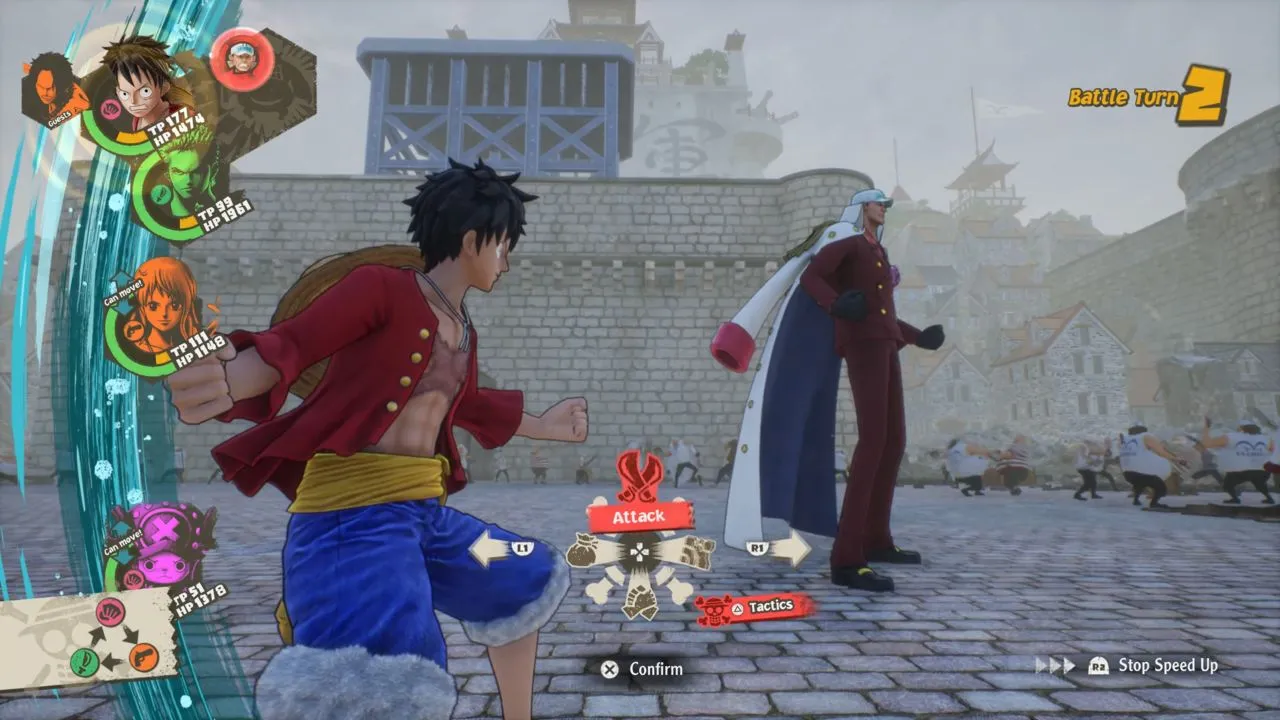
One Piece Odyssey: A Nostalgic Journey with a Few Hiccups
Contents
One Piece, the best-selling manga series of all time, boasts over 500 million copies sold worldwide, nearly double its closest competitor, Dragon Ball. Its immense popularity has spawned countless adaptations, from anime series and movies to video games. Bandai Namco’s latest offering, One Piece Odyssey, invites players on a new adventure with the Straw Hat Pirates. Does it live up to the hype? Let’s delve into this JRPG and uncover its treasures and shortcomings.
A Canon Story Crafted by the Creator
One Piece Odyssey sets sail after the Dressrosa arc, offering a completely original storyline penned and supervised by Eiichiro Oda, the creator of One Piece. A sudden storm shipwrecks the Straw Hats on the mysterious island of Waford. There, they encounter Adio, an enigmatic figure, and Lim, a young girl with the power to absorb abilities and transform them into cubes. Lim strips the Straw Hats of their powers, scattering them across Waford.
To reclaim their lost abilities, the crew must journey through Memoria, realms constructed from their memories of past adventures, including Alabasta, Water 7, Marineford, and Dressrosa. This clever narrative device prevents the Straw Hats from being overpowered from the start while allowing players to revisit iconic locations and relive beloved moments.
 Luffy and Lim in One Piece Odyssey
Luffy and Lim in One Piece Odyssey
Because memories are imperfect and subject to change, these revisited arcs offer fresh perspectives, with altered events and characters appearing where they shouldn’t. This adds an intriguing layer for long-time fans, who can spot inconsistencies while enjoying familiar narratives. Oda’s direct involvement shines through in the authentic dialogue and natural interactions between the Straw Hats, making the game feel like a genuine extension of the manga.
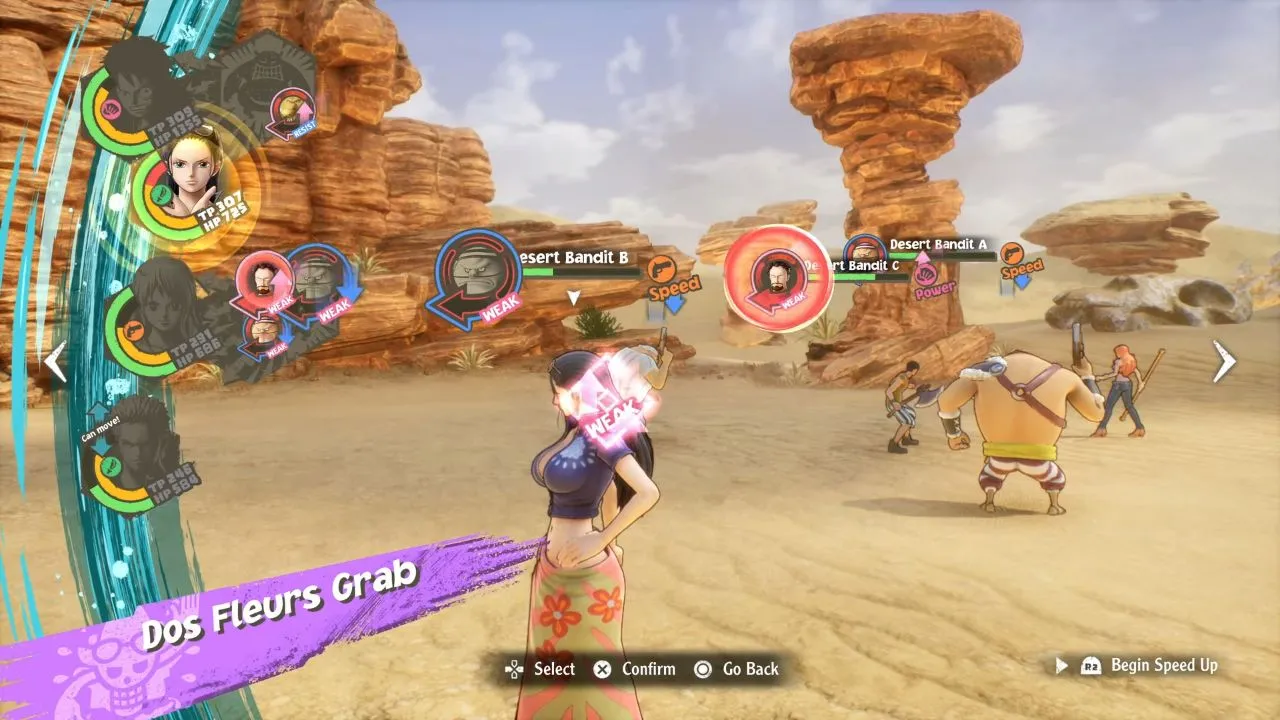 The Straw Hats exploring in One Piece Odyssey
The Straw Hats exploring in One Piece Odyssey
This narrative approach caters to both newcomers and veterans. New players can jump in without prior knowledge, while long-time fans can revel in the nostalgia and attention to detail.
A Turn-Based Battle System with a Twist
Surprisingly, One Piece Odyssey embraces a turn-based combat system, reminiscent of classic JRPGs like Dragon Quest. This departure from the fast-paced action of the source material might seem risky, but it works surprisingly well. Instead of a single battlefield, combat is divided into areas, with smaller groups of Straw Hats facing off against different enemies. Switching between areas requires defeating all enemies in the current one or using specific ranged attacks.
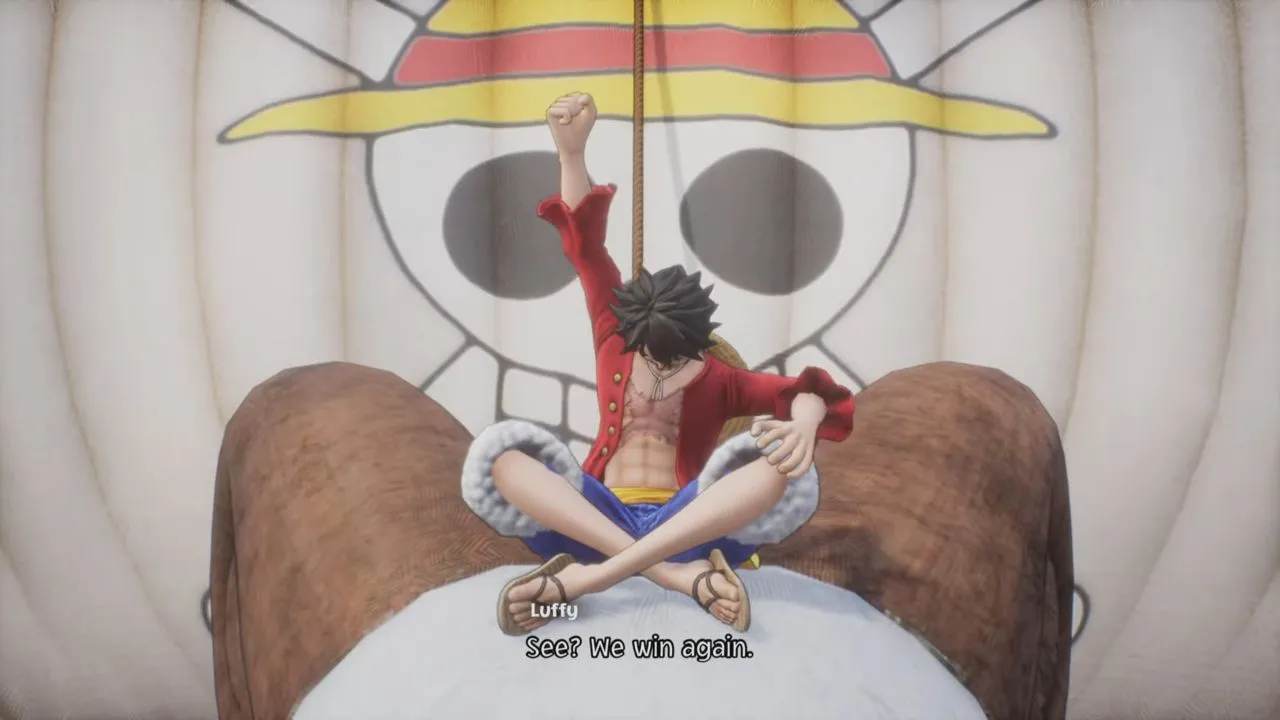 Combat in One Piece Odyssey
Combat in One Piece Odyssey
Each character belongs to one of three types: Power, Technique, and Speed, forming a rock-paper-scissors dynamic. Luffy, a Power type, excels against Speed but struggles against Technique. This adds a layer of strategy, requiring players to manage their party composition and energy reserves effectively. Dramatic Finishers, powerful combination attacks with flamboyant names like “Cloven Radical Skull Roseo Metel Blast Beam,” deliver visually stunning and satisfying blows.
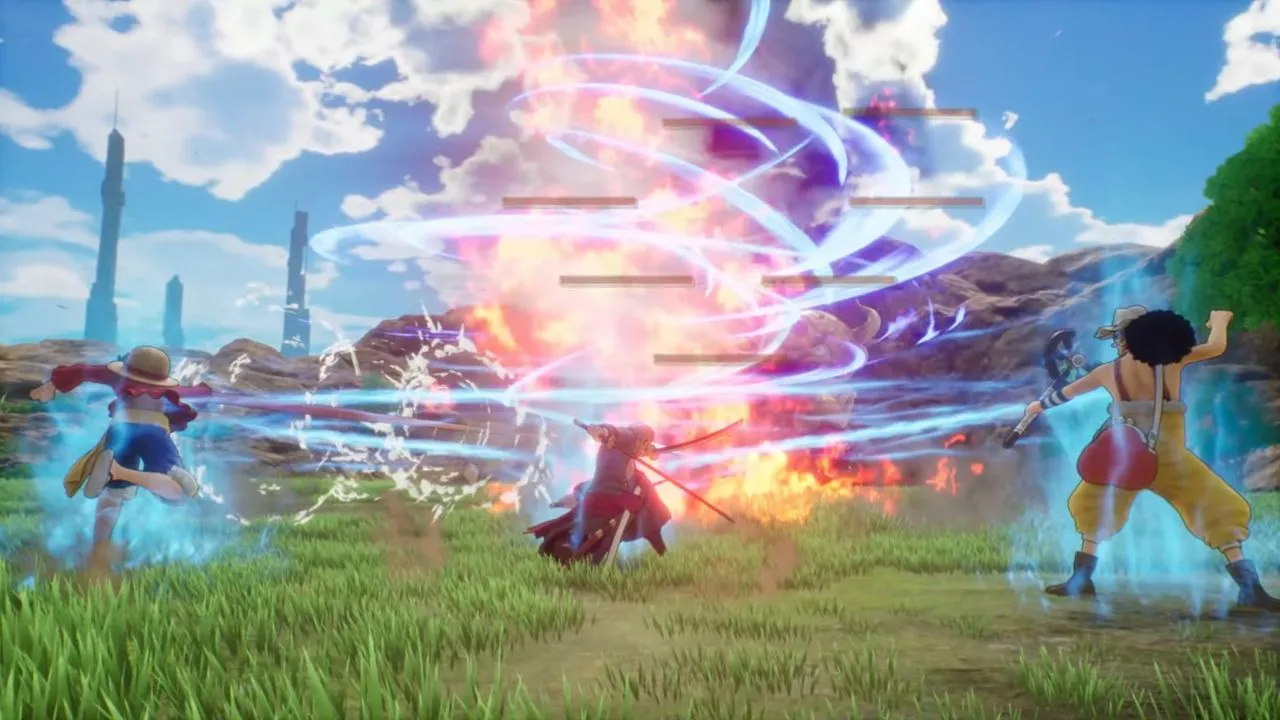 One Piece Odyssey Bond Art
One Piece Odyssey Bond Art
The system, while innovative, lacks some basic turn-based commands like defending or skipping turns, which can hinder strategic options and completing certain in-battle objectives.
Faithfully Recreating the World of One Piece
One Piece Odyssey excels at translating Oda’s distinctive art style into 3D. Character models are meticulously detailed, and iconic locations like Nanohana and Marineford are faithfully recreated, allowing players to explore these environments in a new way. The original Japanese voice cast further immerses players in the world of One Piece.
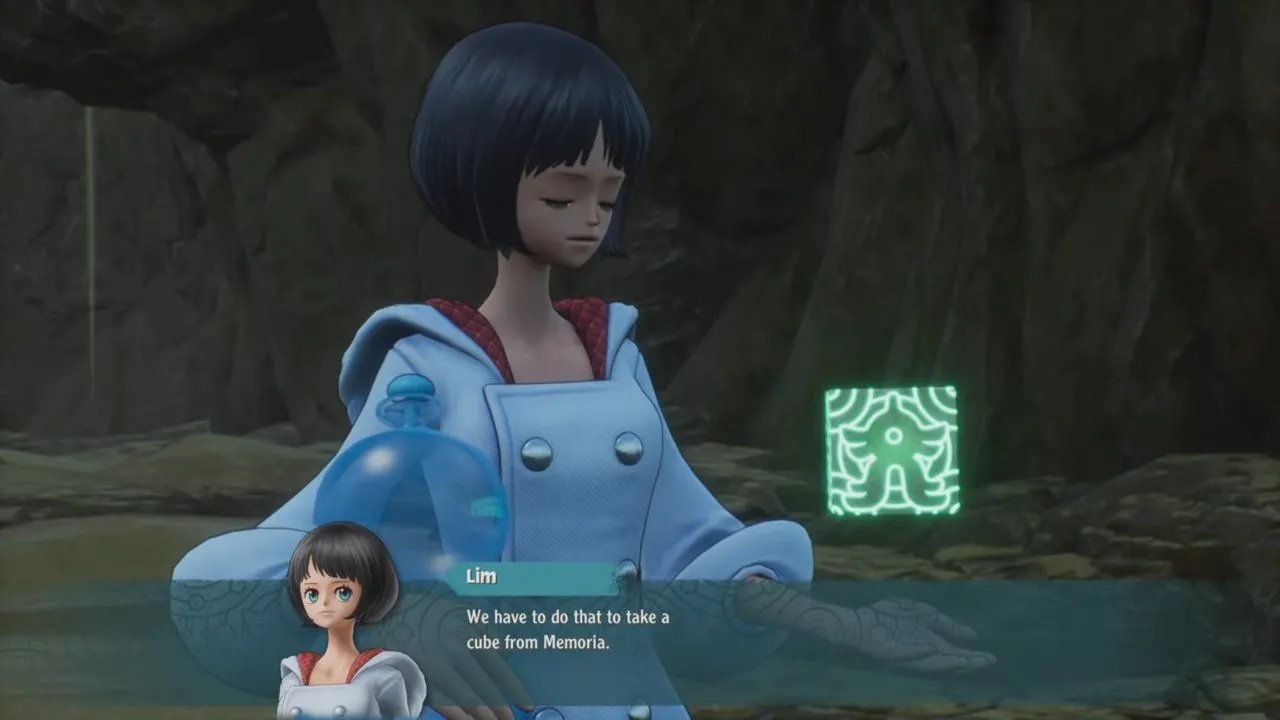 Alabasta in One Piece Odyssey
Alabasta in One Piece Odyssey
Balancing Issues and Overly Hand-Holding Gameplay
One Piece Odyssey struggles with balancing its difficulty. The game showers players with experience points, making it nearly impossible to be under-leveled, even without grinding. This, combined with easily accessible equipment upgrades, trivializes most encounters. While some areas present sudden difficulty spikes, these are easily overcome with minimal effort.
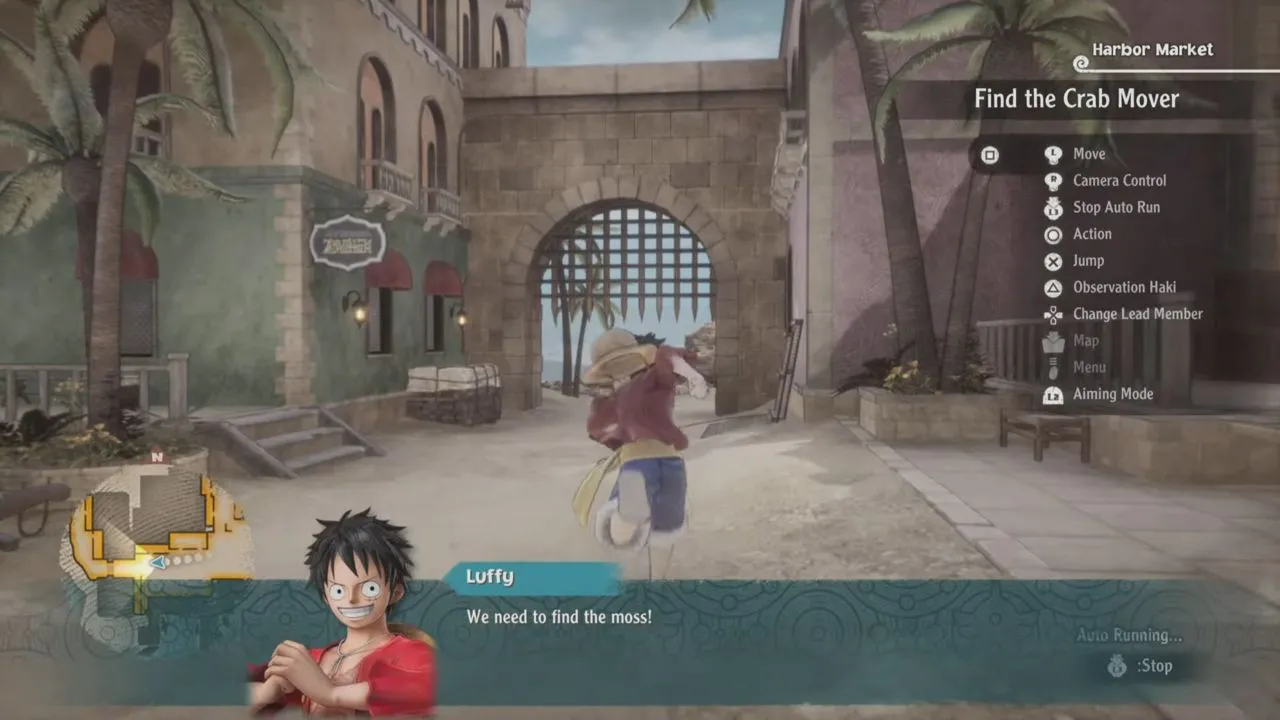 Exploring Waford in One Piece Odyssey
Exploring Waford in One Piece Odyssey
The game’s overly hand-holding approach also detracts from the sense of exploration. Excessively detailed tutorials and obvious environmental cues leave little room for discovery. Navigation within cities often boils down to following markers on the map, with the game actively discouraging deviation. This restrictive gameplay can frustrate players seeking a more open-ended experience. The pacing also feels uneven, with Alabasta feeling stretched out, Marineford rushed, and Dressrosa striking a better balance.
Conclusion
One Piece Odyssey is a nostalgic and visually stunning journey through the world of One Piece, offering a new story crafted by the series creator. While its innovative combat system and faithful recreation of iconic locations shine, balancing issues and overly hand-holding gameplay detract from the overall experience. This isn’t the ideal entry point for newcomers due to its reliance on prior knowledge, but long-time fans will appreciate the opportunity to revisit familiar locations and relive beloved moments.





Comments (0)